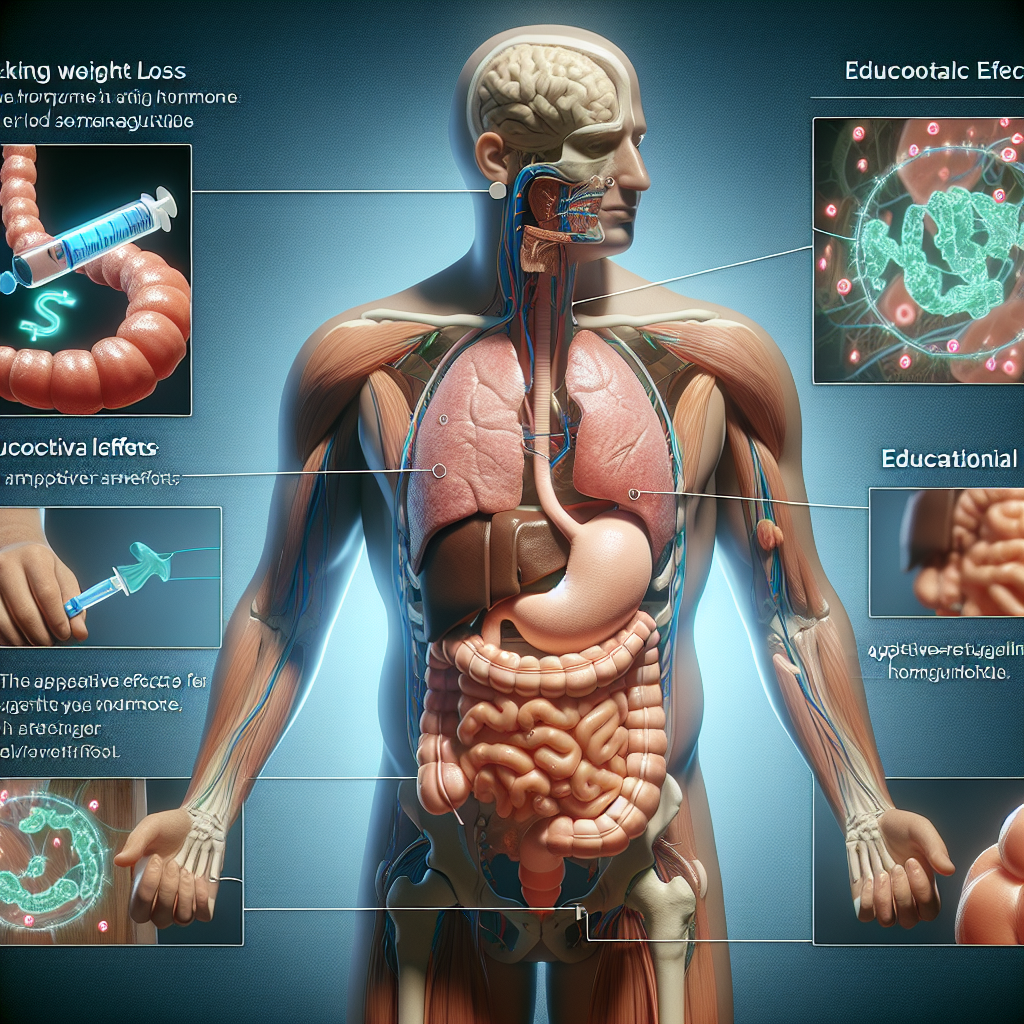The Centers for Medicare and Medicaid Services (CMS) recently announced a new payment model, the “Enhancing Oncology Care Model” (EOCM), which aims to improve cancer care for Medicare beneficiaries.
This new model builds on the success of the previous Oncology Care Model (OCM), which was implemented in 2016. Here's what you need to know about CMS' new Enhancing Oncology Model.
What is the Enhancing Oncology Care Model (EOCM)?
The EOCM is a new payment model designed to improve the quality of care for Medicare beneficiaries with cancer. The model builds on the previous Oncology Care Model (OCM), which was implemented in 2016. Like the OCM, the EOCM is a voluntary payment model that allows participating practices to receive performance-based payments for providing high-quality, coordinated care to cancer patients.
The EOCM is intended to address some of the shortcomings of the previous OCM. The new model includes several key changes, including a simplified payment structure, more flexible performance measures, and the inclusion of additional cancer types.
How does the EOCM work?
Like the OCM, the EOCM is a voluntary payment model that encourages participating practices to provide high-quality, coordinated care to cancer patients. Participating practices will receive performance-based payments based on their ability to meet certain quality and performance metrics.
Under the EOCM, participating practices will receive two types of payments: a monthly care management payment and a performance-based payment. The monthly care management payment is designed to cover the costs of providing coordinated care to cancer patients, while the performance-based payment is intended to reward practices for providing high-quality care.
The EOCM includes several key changes to the payment structure of the previous OCM. One of the biggest changes is the inclusion of a fixed monthly care management payment, which replaces the previous fee-for-service payment structure. This new payment structure is intended to provide greater financial stability for participating practices, while also reducing administrative burden.
What are the performance measures for the EOCM?
The EOCM includes a set of performance measures that participating practices must meet in order to receive performance-based payments. These performance measures include both clinical quality measures and patient experience measures.
The clinical quality measures include metrics such as the percentage of patients who receive chemotherapy within the recommended timeframe, the percentage of patients who receive appropriate supportive care, and the percentage of patients who receive appropriate imaging studies.
The patient experience measures include metrics such as the percentage of patients who report that they were satisfied with their care, the percentage of patients who report that they were informed about their treatment options, and the percentage of patients who report that their care was well-coordinated.
One of the key changes in the EOCM is the inclusion of more flexible performance measures. Participating practices will be able to choose from a menu of performance measures that are most relevant to their patient population and practice setting. This is intended to provide greater flexibility for practices, while also ensuring that the performance measures are relevant and meaningful.
What types of cancer are included in the EOCM?
The EOCM includes several additional cancer types that were not included in the previous OCM. The new model includes 16 cancer types, including breast cancer, lung cancer, prostate cancer, and colorectal cancer, among others.
The inclusion of additional cancer types is intended to ensure that the EOCM is more representative of the cancer patient population as a whole. It also reflects the changing landscape of cancer care, as new treatments and therapies become available for a broader range of cancer types.
What are the benefits of the EOCM?
The EOCM is intended to improve the quality of care for cancer patients, while also reducing costs and improving outcomes.


